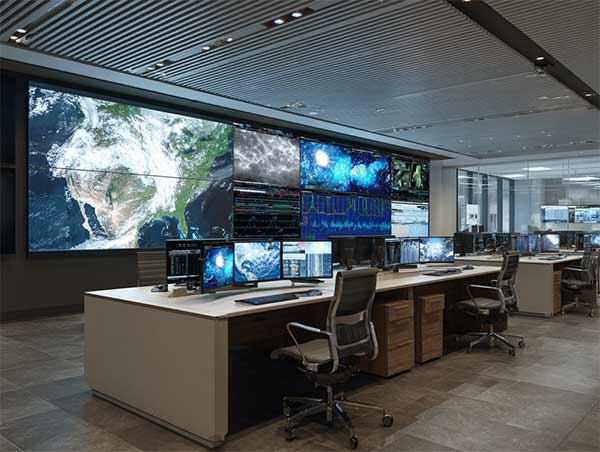TerraCast Case Study.
40% greater accuracy in 96-hour regional climate forecasts.

All visuals are AI-generated for illustrative purposes.
40% greater accuracy in 96-hour regional climate forecasts.

In 2025, EverSphere launched TerraCast, a next-generation regional climate forecasting system that reduces error rates by 40% across 96-hour projections compared to incumbent global models.
By integrating satellite imagery, atmospheric datasets, and IoT sensor networks into a continuously adaptive framework, TerraCast enables governments, grid operators, and farmers to anticipate extreme weather and environmental shifts with unprecedented precision.
Unlike static forecasts, TerraCast recalibrates in real time as conditions evolve, providing both probability and confidence metrics. Every forecast is logged and auditable under EverSphere’s Ethics & Assurance Framework, ensuring equitable access for developed and vulnerable regions alike.
Geographies: Early deployments in Europe, Southeast Asia, and Sub-Saharan Africa pilot regions.
TerraCast fuses multimodal data sources with EverSphere’s Kai optimisation core and VectorGrid’s geospatial intelligence layer.
“Climate stability is the foundation of human stability. TerraCast provides foresight at the speed and precision the world has never had before.”
Platform moves to select‑partner roll‑out across energy and health, supported by independent assurance and red‑team coverage.
Decision engine hardened with policy‑constrained planning and full audit trails; restricted trials commence with critical‑infrastructure partners.
Milo and Kai complete an extended closed‑box communication study; ShadowIntel undergoes evaluation in live training and operational scenarios.
Error Rates
Legacy models miss early signals of floods, storms, and heatwaves
Static Models
Forecasts updated on fixed cycles; poor adaptation to live changes
Access Inequality
Advanced forecasting concentrated in wealthy nations; vulnerable regions underserved
The Problem
Climate volatility is one of the defining challenges of the 21st century. National weather services and global forecasting centres provide valuable outlooks, but:
The result: missed opportunities to mitigate disasters, optimise agriculture, and stabilise renewable grids. Decision-makers need forecasts that are faster, sharper, and globally accessible.